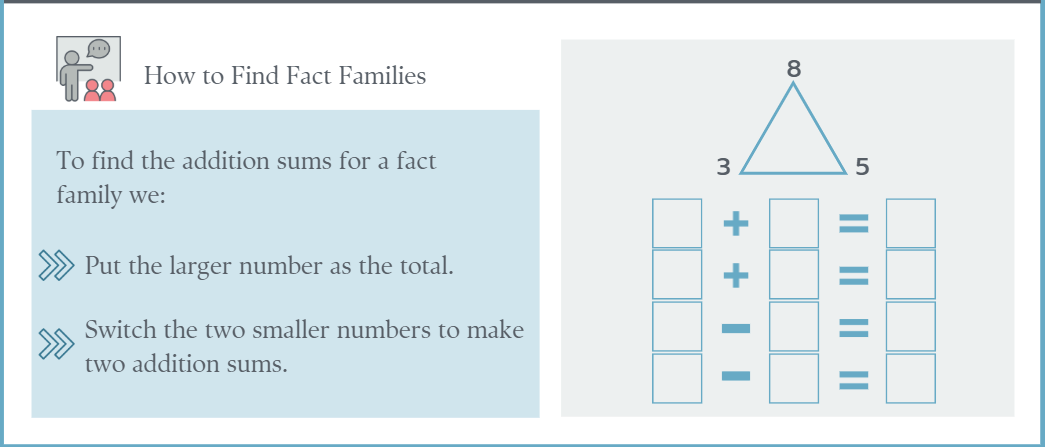How to Master Skill Development in Explicit Teaching
A step-by-step guide to building student skills with clarity, structure, and purpose in explicit instruction.
Building skills is at the heart of effective teaching, but it’s not just about exposure. It’s about using evidence-based strategies that ensure students truly learn, retain, and apply those skills. As a teacher experienced in explicit teaching pedagogy, I’ve seen first-hand how skill development transforms students when lessons are designed with clarity, structure, and purpose. In this post, we’ll explore how explicit teaching can help you master skill development in your classroom.
What Is Skill Development in Explicit Teaching?
Skill development is the process of guiding students from acquiring curriculum aligned activities to applying them independently. Within the framework of explicit teaching, this involves a gradual release of responsibility:
I Do: Model the skill clearly, breaking it into manageable steps. Use worked examples and model in real time with think-alouds.
We Do: Guide students through practice with immediate feedback.
You Do: Gradually remove support as students gain confidence and independence.
This systematic approach ensures all students, regardless of their starting point, have a clear pathway to mastering the skills they need.
The Key to Effective Skill Development
Be Explicit and Clear
Don’t assume students will know or remember the steps of a skill, even if it seems obvious. For example, teaching a writing skill like summarising requires breaking it down into steps: identify key ideas, remove redundant details, and use concise language.Make thinking visible with graphic organisers
Visual tools like flowcharts, Venn diagrams, and step-by-step templates help students externalise their thinking. When students can see the structure of a skill, they’re better equipped to apply it independently. A well-chosen organiser can shift a lesson from confusing to clear.
Here’s an example:
Scaffold with Purpose
Provide the right level of support during guided practice. Start with worked examples, move to faded guidance (e.g. partially completed problems), and then to independent problem pairs.Feedback is Non-Negotiable
Immediate, specific feedback during the guided phase is critical. Highlight what’s working and correct errors before misconceptions take root.Incorporate Daily Review
Begin each lesson with 5–10 minutes of review to strengthen retention. Revisiting prior learning supports mastery and readiness for new concepts.
Why This Matters
Without explicit teaching, students rely on guesswork. Skill development gives them the confidence and tools to succeed independently. When you break skills into manageable steps and offer intentional practice, you close the gap between knowing and doing.
Your Action Plan
Choose one skill to teach explicitly this week.
Design a model, scaffolded practice, and independent task.
Reflect and refine your approach after implementation.
Explore the Explicit Teaching Masterclass
Ready to dive deeper?
The Explicit Teaching Masterclass walks you through lesson planning and delivery using strategies that work.
With 500+ lessons written and years of curriculum experience, I have designed this course to help you build structured, high-impact lessons that drive outcomes and confidence in your classroom.
Brolga Education
Created by Trudy Mayo, explicit teaching specialist & curriculum writer.
💌 New here? 📚 Follow on Instagram for daily tips & behind-the-scenes @brolgaeducation


